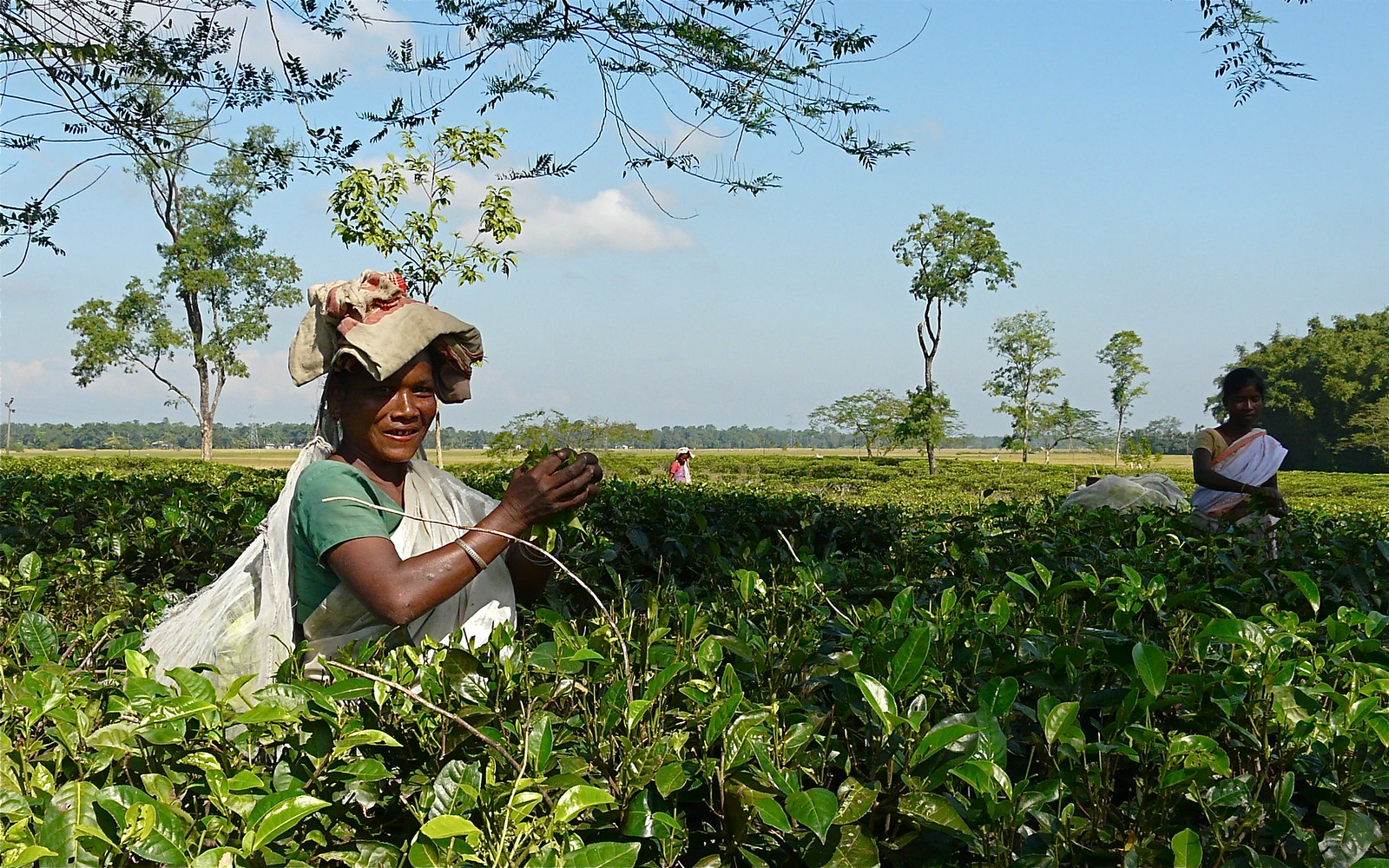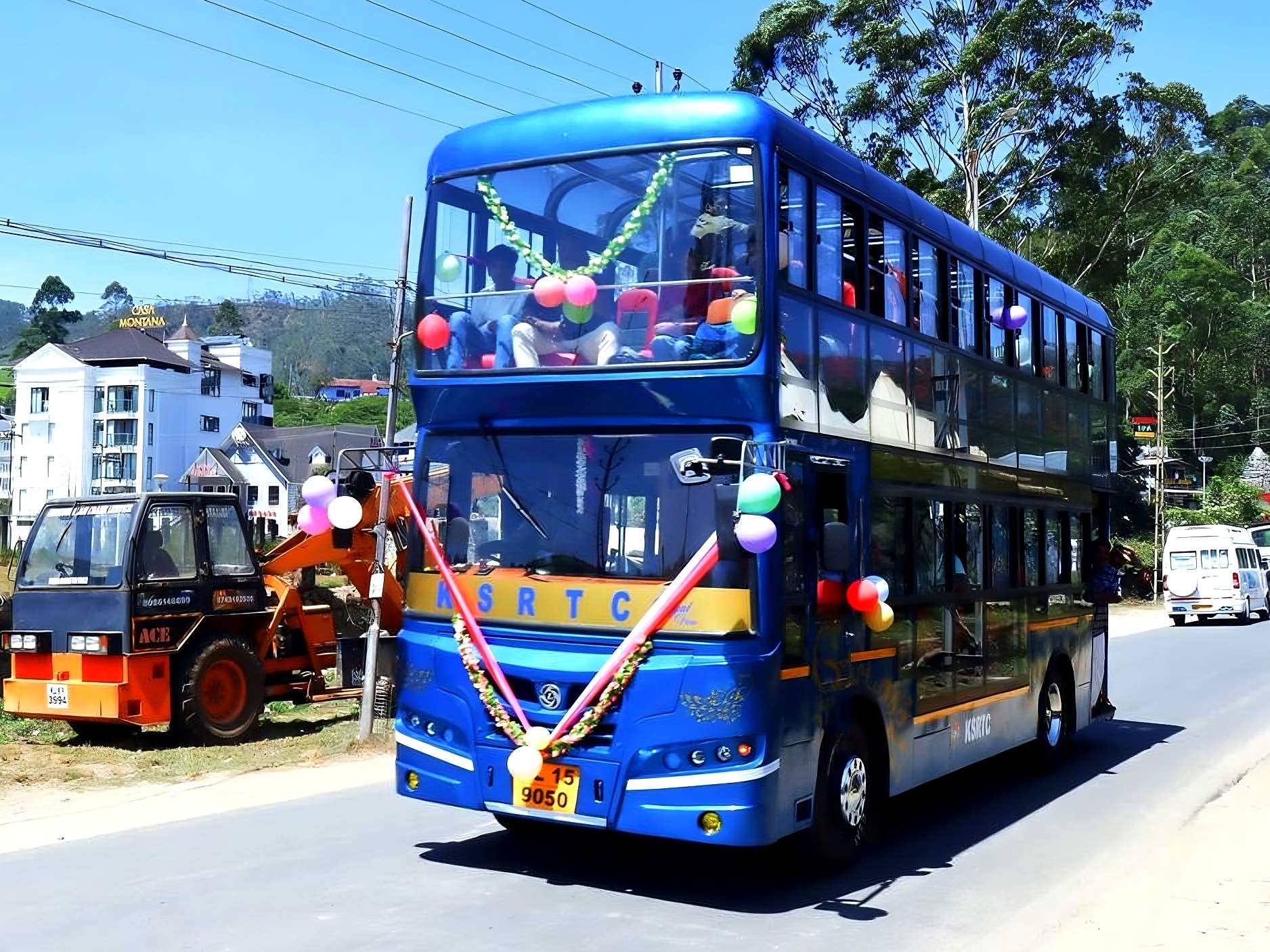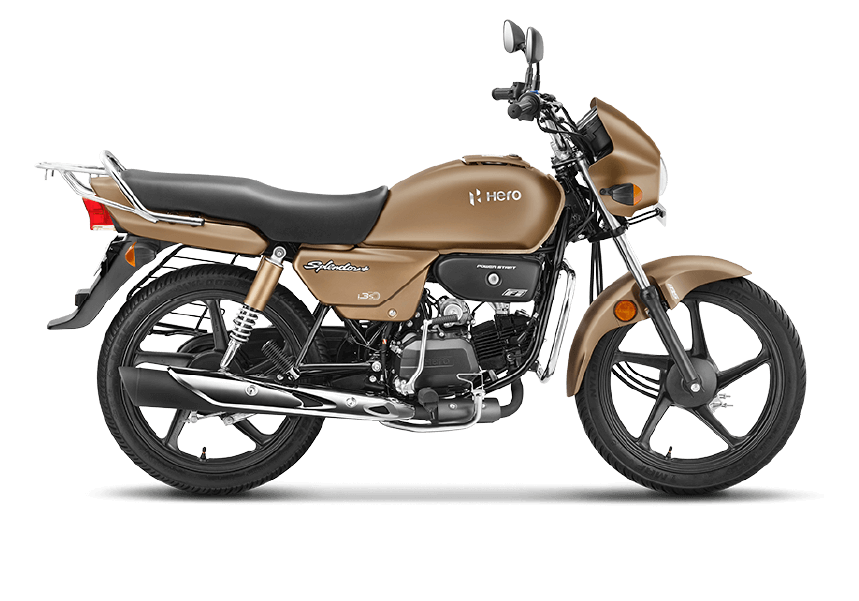Assam: A Land of Rich History, Enchanting Beauty, and Vibrant Culture
1. Assam Name History:
The name “Assam” is derived from the Ahom word “A-Xom” or “Axam,” meaning “unequal” or “peerless.” This name is believed to have been used to describe the unique geographical characteristics of the region, particularly the Brahmaputra Valley, which was unlike any other.
2. Assam Famous Things:
Assam is renowned for its rich cultural heritage, breathtaking natural landscapes, and unique products. Here are some of the most famous things associated with Assam:
- One-horned rhinoceros: Assam is the only home to the majestic one-horned rhinoceros, found in Kaziranga National Park and Pobitora Wildlife Sanctuary.
- Assamese silk: This exquisite silk, renowned for its vibrant colors and intricate designs, is woven using traditional techniques passed down through generations.
- Assam tea: Grown in the rolling hills of Assam, Assam tea is known for its strong, malty flavor and is one of the most popular teas in the world.
- Bihu: This vibrant harvest festival, celebrated in three phases throughout the year, is a time for feasting, dancing, and celebrating life.
- Satras: These are monastic institutions unique to Assam, dedicated to the Vaishnavite tradition of Hinduism. They are known for their vibrant architecture and traditional art forms.
3. Assam Geographical Landscape – Nearby States:
Assam’s diverse landscape encompasses rolling hills, lush valleys, mighty rivers, and dense forests. The state shares borders with:
- Arunachal Pradesh to the north: Renowned for its stunning Himalayan peaks and diverse tribal communities.
- Nagaland to the east: Known for its rolling hills, vibrant culture, and unique cuisine.
- Manipur to the south: Famous for its Loktak Lake, vibrant dances, and rich history.
- Meghalaya to the south: Celebrated for its breathtaking waterfalls, living root bridges, and matrilineal society.
- Mizoram to the south: Known for its scenic beauty, diverse birdlife, and distinctive bamboo houses.
- West Bengal to the west: Renowned for its rich cultural heritage, Kolkata city, and Sundarbans National Park.
- Bhutan to the northwest: Famous for its majestic Himalayas, unique culture, and stunning monasteries.
4. Assam Festivals – Celebration Methods:
Assam boasts a vibrant calendar of festivals celebrated throughout the year, reflecting its diverse culture and religious beliefs. Here are some of the most popular festivals and their celebration methods:
- Bihu: This harvest festival is celebrated in three phases: Bohag Bihu (spring), Rongali Bihu (mid-April), and Magh Bihu (January). During Bihu, people dress in traditional attire, perform Bihu dances, sing Bihu songs, and enjoy delicious food.
- Durga Puja: This ten-day festival honors Goddess Durga and celebrates the victory of good over evil. People decorate pandals with vibrant lights and flowers, participate in processions carrying the idol of Goddess Durga, and offer prayers and hymns.
- Ambubachi Mela: This unique festival is dedicated to Goddess Kamakhya and celebrates fertility. During this time, the Kamakhya Temple remains closed for four days, and devotees gather to offer prayers and participate in rituals.
- Dehing Patkai Festival: This festival celebrates the rich cultural heritage of the Ahom people. The festival features traditional dances, music, food stalls, and exhibits showcasing Ahom culture and history.
- Brahmaputra Mahotsav: This river festival celebrates the mighty Brahmaputra River and its cultural significance. The festival features boat races, cultural performances, exhibitions, and traditional food stalls.
These festivals offer a glimpse into the rich cultural tapestry of Assam and provide a unique opportunity to experience the vibrant traditions and customs of the state.
Assam: A Tapestry of Vibrant Dance and Music, Ancient Literature, Serene Temples, and Breathtaking Hills
5. Assam Dance and Music:
Assam boasts a rich tradition of dance and music, reflecting its diverse communities and vibrant culture. Here are some of the most prominent forms:
- Bihu dance: This energetic dance, performed during the Bihu festival, is characterized by brisk steps, rapid hand movements, and colorful costumes.
- Sattriya Nritya: This classical dance form, originated by Srimanta Sankardeva, is characterized by graceful movements, intricate footwork, and spiritual themes.
- Bhortal Nritya: This folk dance, originating from Barpeta, is characterized by rhythmic footwork, synchronized movements, and storytelling elements.
- Ojapali: This traditional singing style, usually accompanied by a khol (drum), narrates mythological stories and historical tales.
- Jhumur: This folk dance, performed by the tea community, is characterized by lively steps, joyous expressions, and colorful attire.
6. Assam Famous Old Literatures associated with Culture:
Assam has a rich literary heritage, with ancient texts preserving its history, traditions, and cultural beliefs. Some notable examples include:
- Buranjis: Chronicles of Ahom kings, documenting their history, achievements, and genealogy.
- Ramayana Katha: Assamese adaptation of the epic Ramayana, infused with local folklore and cultural elements.
- Geeta Govinda: Assamese translation of Jayadeva’s Sanskrit poem, depicting the love story of Radha and Krishna.
- Ankiya Nat: One-act plays written and performed by Vaishnavite monks, based on mythological and religious themes.
- Folk tales and ballads: Passed down through generations, these stories offer insights into the customs, beliefs, and values of various communities in Assam.
7. Assam Temples:
Assam is home to numerous temples, reflecting its diverse religious landscape and spiritual significance. Here are some of the most renowned:
- Kamakhya Temple: Dedicated to Goddess Kamakhya, this ancient temple is one of the Shakti Peethas and a major pilgrimage site for Hindus.
- Umananda Temple: Situated on Peacock Island in the Brahmaputra River, this temple dedicated to Lord Shiva offers panoramic views and a serene atmosphere.
- Sibsagar Sivadol: Built by Ahom king Rudra Singha, this massive Shiva temple is a masterpiece of Ahom architecture.
- Hayagriva Madhava Temple: Dedicated to Lord Vishnu, this temple is known for its unique architecture and intricate carvings.
- Dol Govinda Temple: This temple, situated on the banks of the Brahmaputra River, is known for its annual Rath Yatra procession.
8. Assam Beaches:
While not renowned for its sprawling beaches, Assam offers a few hidden gems perfect for a relaxing getaway:
- Umananda Beach: Situated near the Umananda Temple, this beach offers stunning views of the Brahmaputra River and a serene atmosphere.
- Bhitora Beach: Located in the Pobitora Wildlife Sanctuary, this beach provides a unique opportunity to spot wildlife while enjoying the scenic beauty.
- Majuli Beach: Situated on the largest riverine island in the world, Majuli, this beach offers a tranquil escape and breathtaking landscapes.
- Nameri Beach: Located within the Nameri National Park, this beach offers a glimpse into the diverse flora and fauna of the region.
9. Assam Hills:
Assam’s landscape is adorned with stunning hills and mountains, offering breathtaking views and diverse trekking opportunities. Some notable hills include:
- Khasi Hills: Renowned for their lush green landscapes, waterfalls, and living root bridges.
- Garo Hills: Famous for their unique tribal communities, picturesque
Assam: A Haven for Wildlife, Culinary Delights, and Modern Advancements
10. Assam Wildlife Sanctuaries:
Assam is a treasure trove for wildlife enthusiasts, boasting numerous sanctuaries teeming with diverse flora and fauna. Here are some of the most renowned:
- Kaziranga National Park and Tiger Reserve: A UNESCO World Heritage Site, famous for its one-horned rhinoceros, tigers, elephants, and other endangered species.
- Manas National Park: Another UNESCO World Heritage Site, known for its stunning biodiversity, including golden langurs, pygmy hogs, and red pandas.
- Pobitora Wildlife Sanctuary: Home to the highest density of one-horned rhinoceros in the world, offering a unique opportunity to witness these majestic creatures.
- Nameri National Park: Renowned for its rich birdlife, including white-winged wood ducks, hornbills, and Bengal floricans.
- Dibru-Saikhowa National Park: A haven for elephants, gibbons, and various other mammals, offering opportunities for wildlife viewing and boat safaris.
- Orang National Park: Home to a significant population of tigers, elephants, and one-horned rhinoceroses, situated in the Brahmaputra River floodplain.
- Hollongapar Gibbon Wildlife Sanctuary: Renowned for its population of hoolock gibbons, the only ape found in India.
- Burachapori Wildlife Sanctuary: A haven for elephants, gaurs, and various bird species, offering opportunities for trekking and wildlife viewing.
- Chakrashila Wildlife Sanctuary: Home to a diverse range of animals, including golden langurs, Indian flying foxes, and hornbills, offering a serene atmosphere and scenic beauty.
- Laokhowa Wildlife Sanctuary: Renowned for its population of wild buffaloes, swamp deer, and various bird species, offering a unique ecosystem to explore.
11. Assam National Parks:
Assam boasts several national parks, showcasing the incredible biodiversity and natural beauty of the region. Here are some of the most notable:
- Kaziranga National Park and Tiger Reserve: (mentioned above)
- Manas National Park: (mentioned above)
- Nameri National Park: (mentioned above)
- Orang National Park: (mentioned above)
- Dibru-Saikhowa National Park: (mentioned above)
- Dehing Patkai National Park: Situated in the Eastern Himalayas, known for its rich biodiversity, including elephants, tigers, and various bird species.
- Rajiv Gandhi Orang National Park: An extension of the Orang National Park, offering additional protected habitat for wildlife.
12. Assam Cuisine and Street Food:
Assamese cuisine offers a unique and flavorful experience, blending diverse influences and utilizing locally available ingredients. Here are some highlights:
- Joha: A comforting rice porridge flavored with spices and sometimes meat or vegetables.
- Masor Tenga: A tangy fish curry made with tomatoes and spices, a popular staple.
- Luit Aai: A steamed dish of mashed banana stems, often served with pork.
- Aloo Pitika: A mashed potato dish seasoned with spices and herbs, a popular street food.
- Momos: Tibetan-style dumplings filled with meat or vegetables, a ubiquitous street food.
- Singpora Tenga: A sour curry made with elephant apple, often served with fish or pork.
- Komal Saul: A traditional Assamese sweet made with rice flour, jaggery, and coconut, often served during festivals.
- Jolpan: A popular afternoon snack consisting of various sweets and savories enjoyed with tea.
13. Assam Renowned Medical Hospitals (5):
Assam boasts several renowned medical institutions offering advanced healthcare services and
Assam: A Land of Diverse Traditions, Culture, and Agricultural Prowess
16. Assam Agricultural Practices:
Assam’s fertile land and diverse climate support various agricultural practices. Here are some key aspects:
- Paddy cultivation: The dominant agricultural practice, with different varieties grown depending on the season and region.
- Jhum cultivation: A traditional practice of shifting cultivation practiced by some communities, involving clearing land and burning vegetation for planting crops.
- Tea plantation: A major industry in Assam, with sprawling tea gardens producing world-renowned Assam tea.
- Horticulture: Growing fruits like pineapples, oranges, and bananas is gaining importance, contributing to the agricultural economy.
- Sericulture: Assam is a leading producer of silk, with traditional handloom techniques used to create exquisite silk products.
- Spice cultivation: Spices like turmeric, ginger, and chili are grown in various parts of the state.
- Animal husbandry: Raising livestock like cattle, buffaloes, and pigs is common, providing dairy products and meat.
18. Assam Famous Brand Names from the Origin:
Assam boasts several renowned brands that have earned global recognition for their quality and unique offerings. Some notable examples include:
- Assam Tea: Known worldwide for its strong, malty flavor and rich aroma.
- Muga Silk: Exquisite silk prized for its natural golden color and lustrous texture.
- Paat Silk: A creamy-bright-silver colored silk known for its delicate texture and elegant drape.
- Eri Silk: A warm and comfortable silk ideal for winter clothing.
- Assam Honey: Pure and organic honey with a unique flavor and medicinal properties.
- Handloom Products: A diverse range of hand-woven textiles showcasing intricate designs and traditional motifs.
- Assam Orchids: Stunning and vibrant orchids cultivated in various parts of the state.
20. Assam Cultural Practices:
Assam’s diverse population boasts a rich tapestry of cultural practices, offering a glimpse into their traditions and beliefs. Here are some noteworthy examples:
- Bihu: The vibrant harvest festival celebrated in three phases throughout the year, featuring colorful attire, energetic dances, and joyous celebrations.
- Ambubachi Mela: A unique festival dedicated to Goddess Kamakhya, celebrating fertility and attracting devotees from across the globe.
- Brahmaputra Mahotsav: A river festival honoring the mighty Brahmaputra River, showcasing cultural performances, boat races, and vibrant exhibitions.
- Dehing Patkai Festival: Celebrates the rich cultural heritage of the Ahom people, featuring traditional dances, music, food stalls, and exhibits.
- Ankiya Bhaona: One-act plays based on mythological and religious themes, performed by Vaishnavite monks.
- Ojapali: Traditional singing style accompanied by a drum, narrating mythological stories and historical tales.
- Traditional ceremonies: Rituals associated with birth, marriage, and death are performed with reverence and adherence to age-old customs.
21. Assam Traditional Clothing:
Assamese attire reflects the state’s rich cultural heritage and diverse communities. Here are some key pieces:
- Mekhela Chador: The traditional dress for women, consisting of a long draped skirt and a blouse.
- Gamocha: A rectangular piece of cloth used for various purposes, including wiping, headgear, and offering respect.
- Dhoti: A traditional garment worn by men, wrapped around the lower body.
- Eri Sador: A warm shawl made of Eri silk, often worn by women during winter.
- Japi: A conical headgear made of bamboo and palm leaf, worn by men for protection from the sun and rain.
- Dokona: A colorful woolen scarf worn by women, often adorned with intricate embroidery.
- Traditional ornaments: Jewelry made of gold, silver, and beads plays a significant role in Assamese attire, reflecting their cultural significance and artistic craftsmanship.
Assam: A Tapestry of Diverse Communities, Education Hubs, and Abundant Water Resources
23. Assam Caste and Communities of Origin:
Assam is home to a diverse population with numerous castes and communities, each with its unique customs and traditions. Here are some major groups:
- Assamese: The largest community, comprising various sub-groups like Ahoms, Koch, and Chutiya, with distinct cultural practices and historical significance.
- Bengali: The second largest community, migrated from present-day Bangladesh, enriching Assam with their language, cuisine, and cultural traditions.
- Bodo: A tribal community inhabiting the Bodoland Territorial Region, known for their vibrant culture, festivals like Bwisagu, and traditional crafts like weaving.
- Rabha: A tribal community inhabiting the hills and plains of Assam, renowned for their unique language, traditional dance form called Bihu, and colorful attire.
- Tai Ahom: Descendants of the Ahom dynasty who ruled Assam for centuries, known for their contributions to Assamese culture, architecture, and cuisine.
- Mishings: A tribal community inhabiting the Brahmaputra riverine islands, known for their distinct fishing techniques, boat races, and rich folklore.
- Tea Tribes: Descendants of laborers brought from various parts of India to work in tea gardens, contributing significantly to the tea industry and enriching Assam with their diverse cultural influences.
24. Assam Education Institutions:
Assam boasts a well-developed educational system, with numerous renowned institutions offering diverse academic programs. Here are some notable examples:
- Gauhati University: The oldest university in Assam, offering undergraduate and postgraduate programs in various disciplines.
- Dibrugarh University: A leading university known for its programs in science, technology, and humanities.
- Tezpur University: A premier university offering diverse undergraduate and postgraduate programs across various fields.
- Assam Agricultural University: A renowned institution dedicated to agricultural research and education, playing a vital role in the development of the agricultural sector.
- Assam Medical College and Hospital: A premier medical institution offering undergraduate and postgraduate programs in various medical disciplines.
- Indian Institute of Technology Guwahati: A prestigious institute offering undergraduate and postgraduate programs in engineering and technology.
26. Assam Water Resources (Dams, Waterfalls, Rivers, Ponds, Lakes):
Assam’s abundant water resources play a crucial role in its agriculture, hydropower generation, and natural beauty. Here are some notable examples:
Dams:
- Subansiri Dam: A large hydroelectric dam under construction, expected to significantly contribute to the state’s power generation capacity.
- Kopili Dam: A hydroelectric dam generating clean and sustainable energy, also used for irrigation.
- Khandong Dam: A multipurpose dam providing water for irrigation, drinking water supply, and flood control.
Waterfalls:
- Kakochang Waterfall: A cascading waterfall surrounded by lush greenery, offering a scenic and refreshing retreat.
- Nohsngithiang Falls: A multi-tiered waterfall plunging into a crystal-clear pool, known as the “Seven Sisters Falls.”
- Langshiang Falls: A picturesque waterfall surrounded by hills and forests, offering a serene and peaceful atmosphere.
Rivers:
- Brahmaputra River: The mighty Brahmaputra River is the lifeblood of Assam, providing water for agriculture, transportation, and hydroelectric power generation.
- Dibru River: A major tributary of the Brahmaputra River, flowing through the heart of Assam and supporting diverse ecosystems.
- Manas River: A picturesque river flowing through the Manas National Park, renowned for its wildlife and scenic beauty.
Ponds and Lakes:
- Deepor Beel: A large freshwater lake near Guwahati, a haven for migratory birds and a popular spot for boating and birdwatching.


